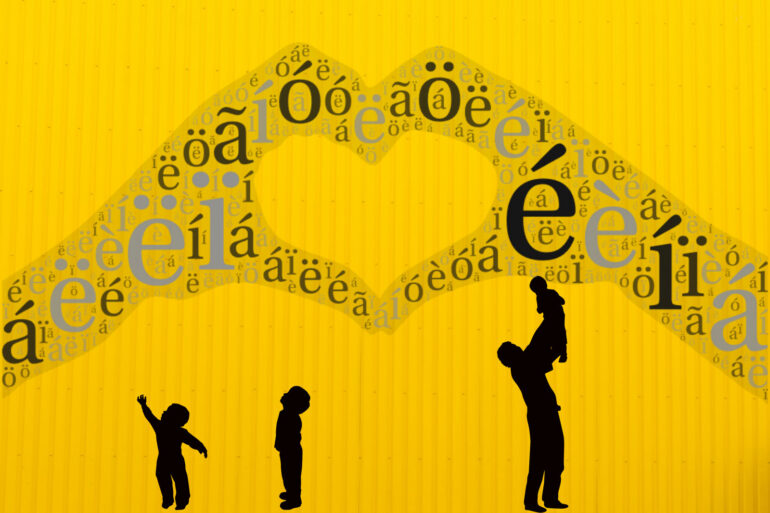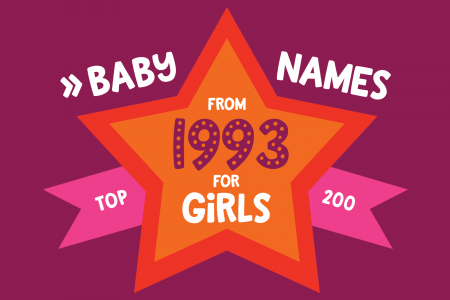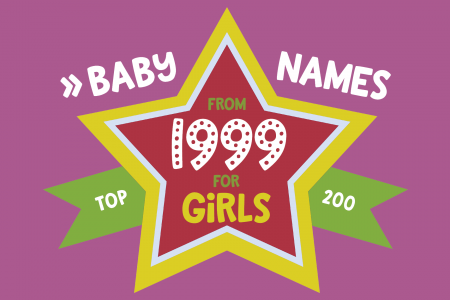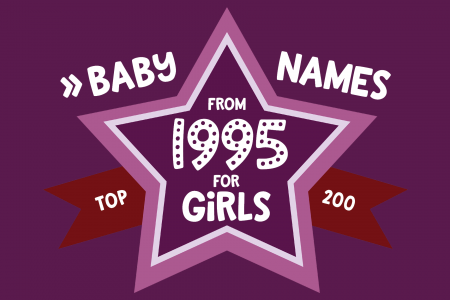Want to put an accent on your baby’s name?
Are you thinking about naming your baby Andrés, Zoë, or even François? These tiny symbols over (and sometimes under) letters, known as accents and diacritical marks, are more than mere decorations. Adding accent marks to names can offer a sense of individuality and cultural depth.
However, using accents in baby names in the United States, England, Australia and many other areas of the world comes with a unique set of challenges worth considering.
Find out how these marks are used in different languages, and what to consider when choosing an accented name for your baby when you live in a country that has English as its first language.
What are accent marks vs. diacritical marks?
Accent marks and diacritical marks are little symbols used in writing that help to clarify pronunciation. Though they might look similar, they have different roles.
- Accent marks indicate which syllable should be stressed when saying a word.
- Diacritical marks are a broader category that includes accent marks, among others, helping to change the sound of a letter or distinguish between two words that are spelled the same.
While these marks add a touch of flair to a name and can carry significant meaning, they can sometimes cause practical difficulties. Here are some limitations to be aware of:
Keyboard limitations
The standard American keyboard layout, known as QWERTY, does not readily accommodate diacritical marks. For everyday typing tasks, this could mean an extra step to insert a special character or even a compromise — omitting the accent altogether. Advanced users might know shortcuts or special key combinations, but it’s generally less straightforward than typing names without accents. (Get keyboard shortcuts for Apple here and Windows here.)
Official records
Many systems in the United States, such as those used for health, school, or legal records, are not configured to handle accented characters. Even if they do, data entry errors can occur, leading to inconsistencies or even issues with identification.
For instance, your child’s name might appear differently on their birth certificate and school records, causing unnecessary confusion.
Pronunciation and spelling
Accented names might also pose challenges when it comes to pronunciation. People unfamiliar with the diacritical marks may either ignore them or mispronounce the name. This could require frequent corrections, which might be a source of frustration.
The same goes for spelling; the accented version of the name may be misspelled more often because people aren’t used to including accent marks in English names.
Social interactions
In social settings, diacritics in names can be a talking point, but they might also require explanation, especially if the accent significantly changes the name’s pronunciation. Think about how often your child will need to spell out their name or correct others, both in spoken and written interactions.
Cultural recognition vs practicality
While using diacritical marks can be a wonderful nod to one’s heritage or a way to make a name unique, the practical limitations in the United States mean that the accent often becomes optional or even omitted in daily life.
For those deeply connected to the cultural or linguistic aspects of an accented name, this can be a significant downside, and it’s important to weigh these practical limitations before making a final decision.
Regardless of your choice, the name you pick will be a significant part of your child’s identity. Hopefully, this simple pronunciation guide makes these beautiful, accented names more accessible!
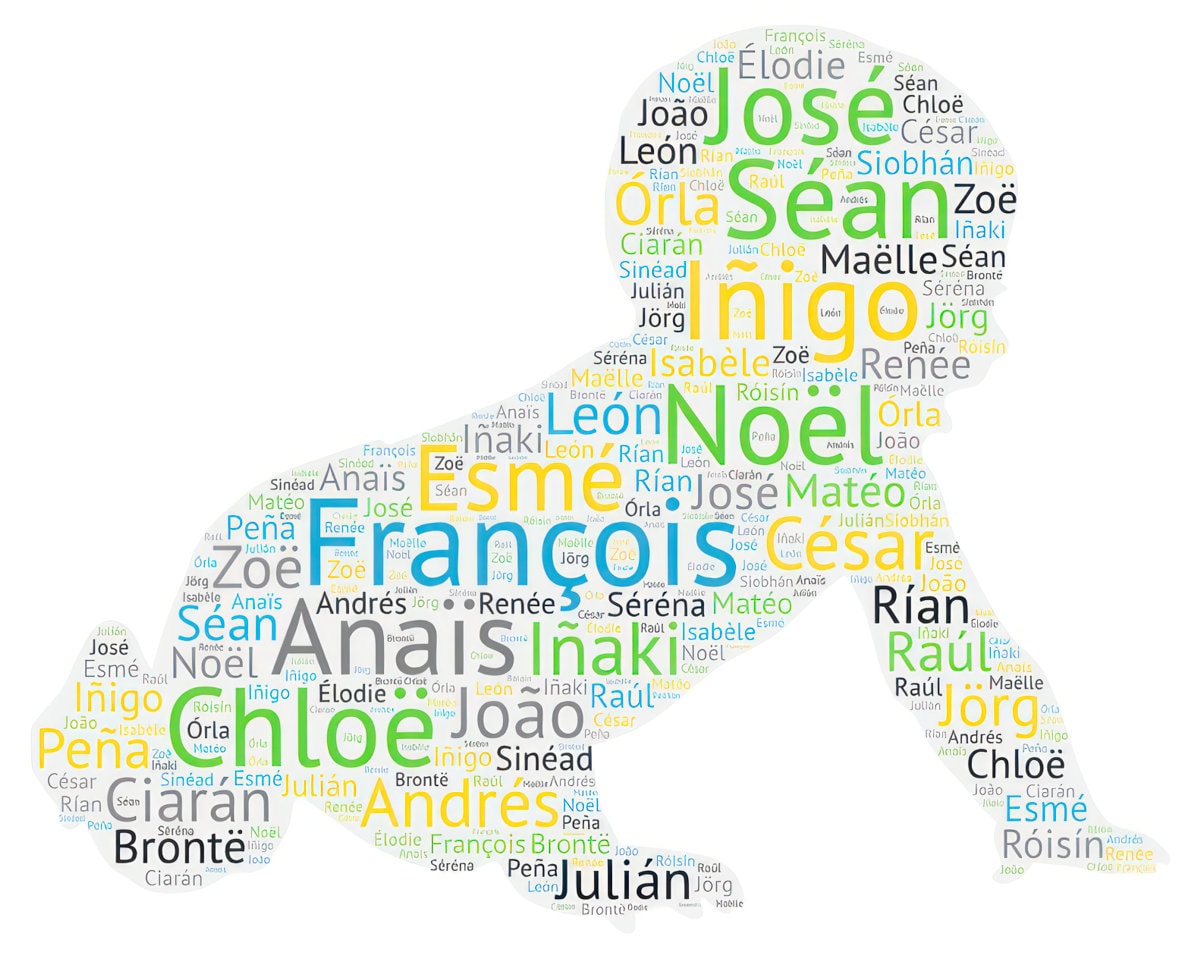
Popular names that have diacritical marks
Boy names
- Andrés (ahn-DREHS) – Spanish accent aigu on the letter ‘e’
- César (say-ZAR) – Spanish accent aigu on the letter ‘e’
- Ciarán (KEE-ruhn) – Irish síneadh fada on the letter ‘a’
- François (frahn-SWAH) – French cedilla on the letter ‘c’
- Iñaki (ee-NYAH-kee) – Basque tilde on the letter ‘n’
- Iñigo (ee-NEE-go) – Spanish tilde on the letter ‘n’
- João (zhoo-OWN) – Portuguese tilde on the letter ‘a’
- José (ho-SEH) – Spanish accent aigu on the letter ‘e’
- Julián (hoo-lee-AN) – Spanish accent aigu on the letter ‘a’
- Jörg (YURG) – German umlaut on the letter ‘o’
- León (lay-ON) – Spanish accent aigu on the letter ‘o’
- Matéo (mah-TEH-o) – Spanish accent aigu on the letter ‘e’
- Peña (PEH-nyah) – Spanish tilde on the letter ‘n’
- Raúl (rah-OOL) – Spanish accent aigu on the letter ‘u’
- Séan (SHAWN) – Irish síneadh fada on the letter ‘e’
Girl Names
- Anaïs (ah-NAH-ees) – French diaeresis on the letter ‘i’
- Brontë (BRON-tee) – English diaeresis on the letter ‘e’
- Chloë (KLO-ee) – English diaeresis on the letter ‘e’
- Élodie (AY-lo-dee) – French accent aigu on the first letter ‘e’
- Esmé (EZ-may) – French accent aigu on the second letter ‘e’
- Françoise (frahn-SWAHZ) – French cedilla on the letter ‘c’
- Isabèle (ee-za-BELL) – French accent aigu on the second letter ‘e’
- Maëlle (mah-ELL) – French diaeresis on the letter ‘e’
- Órla (OHR-la) – Irish síneadh fada on the first letter ‘o’
- Renée (ruh-NAY) – French accent aigu on the second letter ‘e’
- Rían (REE-un) – Irish síneadh fada on the letter ‘i’
- Róisín (ro-SHEEN) – Irish síneadh fada on the letters ‘o’ and ‘i’
- Séréna (seh-RAY-nah) – French accent aigu on the first and third letters ‘e’
- Siobhán (shi-VAWN) – Irish síneadh fada on the letter ‘a’
- Sinéad (shi-NAYD) – Irish síneadh fada on the letter ‘e’
- Zoë (ZO-ee) – English diaeresis on the letter ‘e’
Gender-neutral names
- Noël (NOH-el, commonly pronounced as Noel)
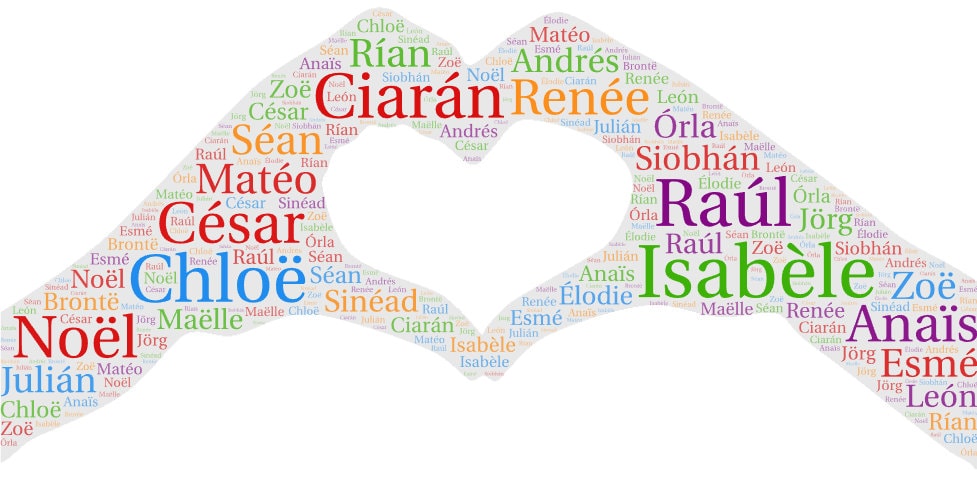
How the most common accent marks work
French accent marks: aigu, grave & cedilla
Accent aigu (é)
The French accent aigu, or acute accent, is used only on the vowel “e.” It elongates and raises the vowel sound, making it sharp. For example, in the name Renée, the accent aigu tells you to emphasize the last syllable and pronounce it as “NAY.”
Accent grave (è)
The French accent grave is used on the vowels “a,” “e,” and “u” but serves different purposes. On the letter “e,” it indicates a flat, open sound, as in “mère” (MEHR). On “a” and “u,” it usually serves to distinguish between homographs (words that are spelled the same but have different meanings), rather than to alter pronunciation.
Cedilla (ç)
The cedilla (ç) is a diacritical mark mainly used in various Romance languages, such as French, Portuguese, and Catalan. In names, the cedilla is used to indicate that the letter “c” should be pronounced as an “s” sound.
The name does not carry any accents like the accent aigu in César (say-ZAR), but the cedilla is crucial for the correct French pronunciation. It’s also used in the word Français (the French word for French), and in Curaçao — both the country and the blue liqueur.
Spanish accent marks
Acento agudo (é)
In Spanish, the acute accent (acento agudo) is used primarily to indicate stress on a syllable. The accent doesn’t significantly alter the vowel sound, unlike in French where accent marks like the accent grave can change the vowel’s quality. Spanish vowels have relatively fixed pronunciations:
- “a” is always pronounced like the ‘a’ in “father”
- “e” is always pronounced like the ‘e’ in “bet”
- “i” is always pronounced like the ‘ee’ in “see”
- “o” is always pronounced like the ‘o’ in “go”
- “u” is always pronounced like the ‘oo’ in “food”
The acute accent simply tells you which syllable to emphasize. For instance, “árbol” (tree) has the stress on the first syllable, while “también” (also) has the stress on the second syllable. The accent doesn’t change how the vowel itself is pronounced, only which part of the word receives the emphasis.
So, there is no direct equivalent in Spanish for the way the French accent grave changes vowel sounds. In Spanish, vowel sounds are generally consistent, and accents serve primarily to indicate stress.
In Spanish, there is no direct equivalent to the French “accent grave” in the Spanish language. Spanish primarily uses the acute accent (acento agudo) to indicate stress on syllables.
Tilde (~)
In Spanish, the tilde (~) placed over the letter “n” creates a separate letter called “ñ,” pronounced as a palatal nasal sound similar to the “ny” in the English word “canyon.” This letter is considered distinct from “n,” not merely an accented form. The tilde itself is referred to as “virgulilla” or “tilde” in Spanish, with “virgulilla” being specific to the mark over “ñ.”
The use of “ñ” is rooted in Latin or Old Spanish origins; for example, the word “año” (year) evolved from the Latin “annus.” While “ñ” is a standard feature in Spanish, it is also used in other languages such as Basque, Galician, and Filipino.
Irish accent marks: The Síneadh Fada
In Irish, the accent mark known as the “síneadh fada” (SHEE-nu FAD-uh) is used over vowels (a, e, i, o, u) to lengthen the sound and sometimes change the emphasis of the syllable. For instance, “Róisín” without the fada would be pronounced differently, and the meaning could change.
MORE: See some other great Irish baby names
Diaeresis & umlaut (two dots)
Both the diaeresis and the umlaut involve two dots placed over a vowel, and they often look identical typographically. However, their functions differ depending on the language in which they are used.
Key differences
- Purpose: Diaereses separates vowels that might otherwise be pronounced together, while umlaut changes the quality of the vowel sound.
- Languages: Diaereses are commonly seen in languages like English, French, and Spanish. Umlaut is primarily used in German and other Germanic languages.
So, while they may look similar, diaeresis and umlaut serve different linguistic purposes and are used in different languages.
The diaeresis
The diaeresis is a diacritical mark primarily used in languages like English, French, and Spanish. Its main function is to indicate that a vowel should be pronounced separately from the preceding vowel, effectively breaking what could be a diphthong into two distinct syllables. For example, in the name “Zoë,” the diaeresis over the “e” indicates that the name has two syllables: Zo-ee.
A diaeresis can appear over vowels to indicate that they should be pronounced separately from the preceding vowel, effectively creating two distinct syllables. In languages where the diaeresis is used, it can generally be placed over any vowel, although the frequency of its occurrence varies by language. Here are some common examples:
English diaeresis
In English, the diaeresis is relatively rare, but can technically appear over any vowel. Examples include “Zoë” and “Brontë,” where it appears over the ‘e’ to indicate that it should be pronounced as a separate syllable.
French diaeresis
In French, the diaeresis can appear over ‘e,’ ‘i,’ ‘u,’ ‘o,’ and ‘a,’ although it’s less common over ‘o’ and ‘a.’ Words with a diaeresis include “Noël” and “Maëlle.”
MORE: See other French baby names
Spanish diaeresis
In Spanish, the diaeresis is a diacritical mark that appears exclusively over the letter ‘u’ to indicate that it should be pronounced in combinations where it would otherwise be silent, as in the word “pingüino” (penguin).
The rules for diaeresis vary by language, so the letters over which it can appear differ accordingly. However, it generally can appear over any vowel in languages that use this diacritic mark.
MORE: See additional Spanish baby names
The umlaut
The umlaut is predominantly used in German and other Germanic languages. This diacritic alters the pronunciation of a vowel, generally indicating a fronting or rounding of the oral cavity.
In German, the umlaut appears over the vowels ‘a,’ ‘o,’ and ‘u.’ These vowels transform into ‘ä,’ ‘ö,’ and ‘ü,’ respectively. The umlaut significantly changes the quality of these vowels:
- ‘ä’ is pronounced somewhat like the ‘e’ in “bet.”
- ‘ö’ doesn’t have a direct English equivalent but is somewhat like the British English pronunciation of ‘i’ in “girl.”
- ‘ü’ also doesn’t have an exact English equivalent, but can be approximated by the French ‘u’ as in “lune.”
These umlauted vowels can appear in various positions within a word and are considered distinct letters in the German alphabet. They can also be represented by adding an ‘e’ after the vowel if the umlaut characters are not available, turning ‘ä,’ ‘ö,’ and ‘ü’ into ‘ae,’ ‘oe,’ and ‘ue,’ respectively.
MORE: See other German baby names
An emphasis on uniqueness
Choosing a baby name with an accent mark or diacritical mark can add a unique touch to a traditional name, infusing it with cultural depth or linguistic precision. These tiny marks can change pronunciation, signify a different letter altogether, or simply add a stylistic flair.
Whether you’re considering a name like Chloë, Françoise, or José, these special characters offer a way to honor a name’s origins, emphasize its correct pronunciation, or give it a one-of-a-kind twist.

